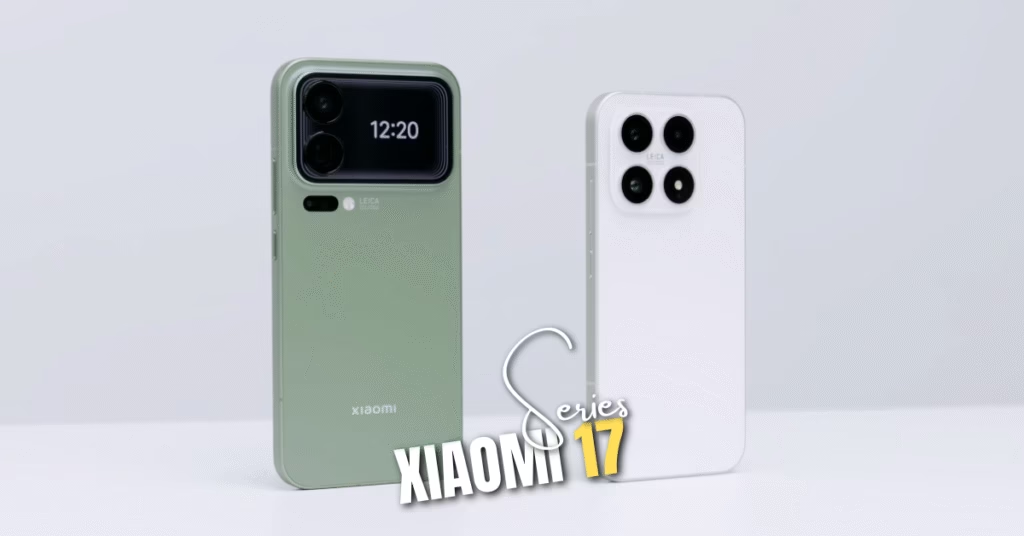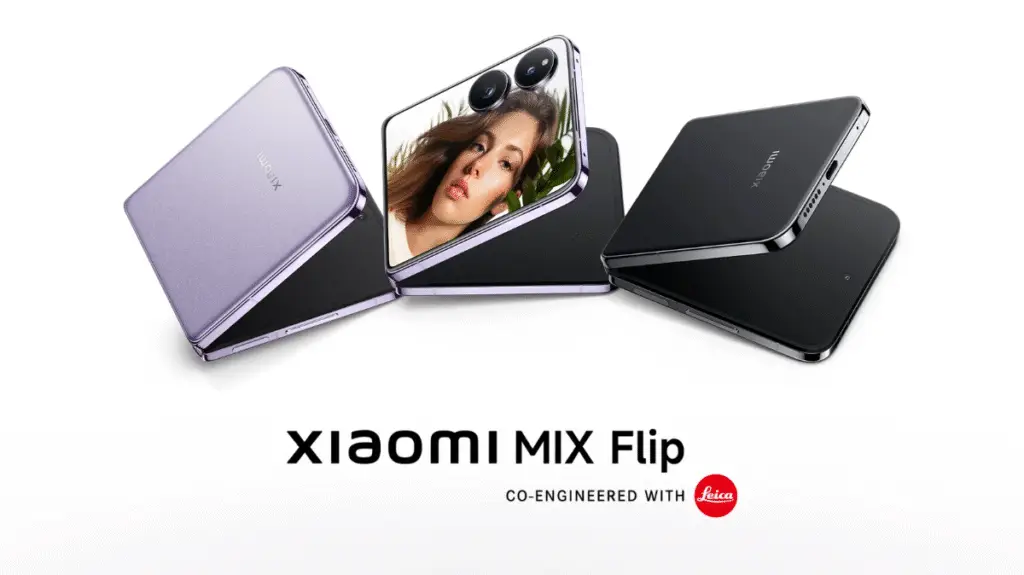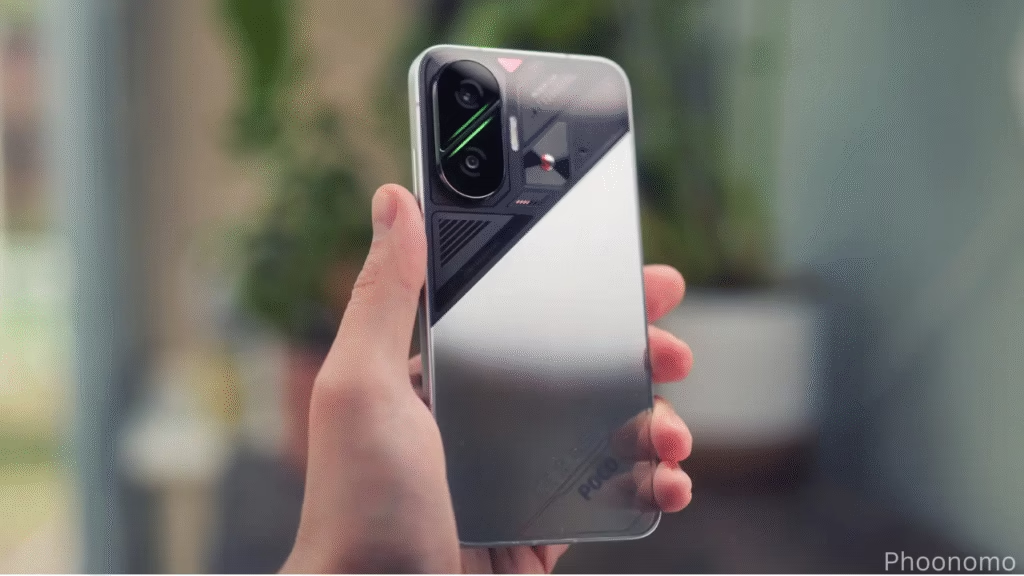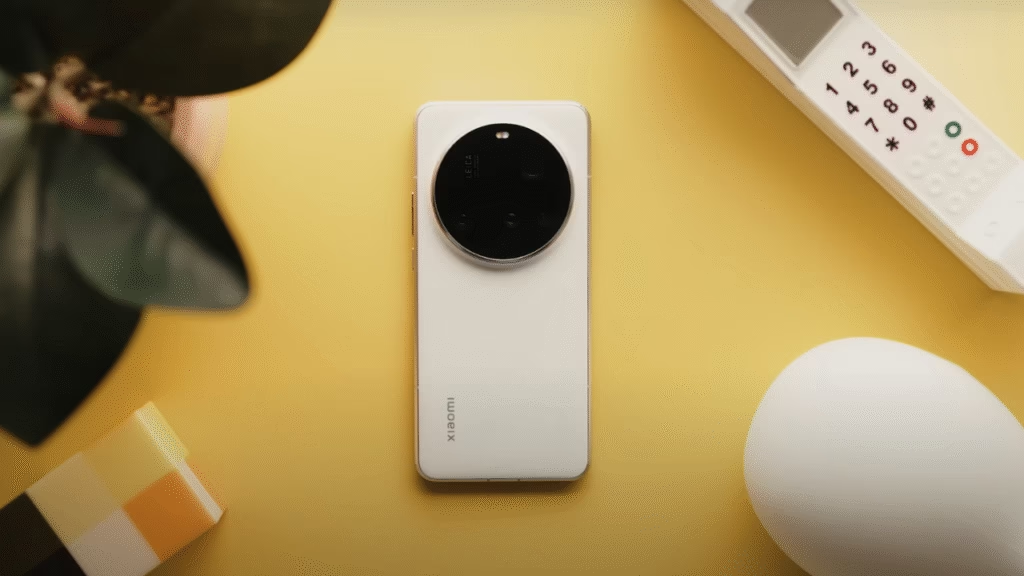
The smartphone market has entered an era where every brand tries to stand out, yet many end up following the same trends. At first glance, the Xiaomi 17 series feels oddly familiar. The naming, the design, even the way the phones were launched, all of it echoes a certain Cupertino rival. But spend more than a few minutes with these devices, and it becomes clear that Xiaomi is not just borrowing ideas; it’s also pushing boundaries in ways that few competitors dare.
This lineup, consisting of the standard, Pro, and Pro Max models, was announced earlier than expected in September. Xiaomi’s decision to launch just before Apple’s big event is no coincidence. It’s a clever play to ensure that when people search for or think about iPhone 17 Pros, they’re likely to stumble across Xiaomi’s flagships as well. Some might call that a marketing trick, but it works because once these phones are compared side by side, the differences become impossible to ignore.
First Impressions and Design
Visually, the phones resemble other modern flagships. There’s a large camera plateau at the back, flat edges, and a slim build that instantly feels premium. But here’s where Xiaomi flips expectations: that “camera bump” is not just for cameras. On the Pro and Pro Max models, it doubles as a fully functional second screen.
This rear display isn’t an afterthought. It uses the same high-quality panel as the front 120Hz refresh rate, high brightness, smooth touch response, and durable cover glass. Unlike past gimmicky implementations by other brands, this feels integrated, useful, and polished. Xiaomi even pre-applies protectors on both screens, which is a thoughtful touch.
Packaging also feels high-end. Inside the tall retail box, buyers get a 100W charger, USB-C cable, and even a frosted case items that many competitors have stopped including. It sets the tone that Xiaomi is serious about offering value while keeping things premium.
Display Quality
The front displays are nothing short of flagship-grade. Bright, sharp, and smooth, they can comfortably compete with the best panels from Samsung. Outdoor visibility is excellent thanks to peak brightness above 3,000 nits, and LTPO technology ensures efficient refresh rate management.
With the Pro Max model, the larger size makes it a true entertainment powerhouse. Streaming HDR videos or gaming feels immersive, while the ultra-thin bezels make the content pop.
Camera Capabilities
Cameras are often where flagship phones live or die. Xiaomi equips the series with triple 50MP sensors tuned in partnership with Leica. The Pro Max stands out with its periscope telephoto lens, offering 5x optical zoom.
Image quality is excellent, with rich detail, wide dynamic range, and strong low-light performance. Skin tones may need tweaking for global preferences, but overall results rival the very best.
The rear display completely changes the selfie experience. Instead of relying on front-facing cameras, users can leverage the main camera system for selfies and vlogs. Shooting 8K video on the back screen is not just possible, it’s practical, producing some of the sharpest self-shot footage available today.
Performance and Power
Under the hood, all models are powered by Qualcomm’s Snapdragon 8 Elite Gen 5 chip. Combined with up to 16GB of the latest LPDDR5X RAM and UFS 4.1 storage, the phones are among the fastest currently available. Benchmarks show them outperforming Samsung’s Galaxy S25 Ultra in several areas, and everyday performance feels snappy and fluid.
Yes, the phones can get a little warm under load, but heat management is effective. There’s no noticeable drop in sustained performance, which is a good sign for long-term use.
Battery Life That Redefines Expectations
Perhaps the most striking achievement of the Xiaomi 17 series is battery technology. The standard model packs 6,300mAh, while the Pro Max stretches that to a massive 7,500mAh. To put this in perspective, that’s 25–50% larger than the batteries inside the iPhone 17 Pro Max and Samsung Galaxy S25 Ultra.
Yet, the phones don’t feel bulky or heavy. Xiaomi uses a silicon-carbon battery composition with one of the highest silicon concentrations in the industry. This allows them to cram in larger cells without adding thickness.
Charging speeds are equally impressive: 100W wired and 50W wireless charging. Refueling these massive batteries takes minutes, not hours, making battery anxiety a thing of the past.
Software and Experience
The series runs HyperOS 3, Xiaomi’s custom skin based on Android 16. The interface borrows some design cues from iOS, including Apple-style icons and a control center. Critics may see this as imitation, but in daily use, it feels responsive and fluid.
The rear screen opens up fresh possibilities. It can be customized with animated wallpapers, AI-generated visuals, or even quirky interactive pets. Widgets like music controls, step counters, and personalized clocks make it more than just a decoration. Users can also pin notes, reminders, or even QR codes, turning the phone into a pocket-sized billboard when placed face-down.
Some features are still limited to the Chinese market, but global expansion should bring wider app integrations soon.
The Magic Back Screen
The rear display is the boldest gamble here. Beyond personalization and widgets, it plays a big role in photography and even gaming. Xiaomi has built a custom gaming case with physical buttons that turn the back display into a tiny console. While it’s more novelty than necessity, it shows how far the company is willing to push creativity.
For most, the back screen will shine in small, meaningful ways: checking music, managing notifications discreetly, or framing selfies with the main cameras. Whether it becomes a long-term trend or fades as a novelty will depend on how global users adopt it.
Pricing and Market Position
Pricing remains a key advantage. The series starts at around $630 for the base model, $700 for the Pro, and $840 for the Pro Max. Compared to competitors charging nearly double for similar hardware, this aggressive pricing could disrupt the premium segment.
Of course, availability is currently limited to China, with a global rollout expected in early 2026. If Xiaomi manages strong launches in Europe and India, these phones could seriously challenge Apple and Samsung’s dominance.
Final Verdict
The Xiaomi 17 series blends the familiar with the daring. On one hand, the naming strategy and design language clearly echo Apple. On the other, the second display, massive batteries, and bold camera implementations showcase Xiaomi’s own innovative spirit.
It’s easy to dismiss the rear screen as a gimmick, but in practice, it adds real value especially for photography and personalization. Combine that with unmatched battery endurance, blistering performance, and competitive pricing, and you get a lineup that deserves serious attention.
For anyone looking beyond the usual suspects in 2025 and 2026, these devices stand out as some of the most ambitious and capable smartphones of the year.
See Also Vivo X300 Pro Specs Leak Ahead of Official October Launch
FAQs
What is special about the Xiaomi 17 Series?
The Xiaomi 17 Series brings Snapdragon 8 Gen 4, upgraded cameras, and sleek design.
How many models are in the Xiaomi 17 lineup?
Xiaomi is expected to launch the 17, 17 Pro, and 17 Ultra.
When will the Xiaomi 17 Series be available?
The series is set to release in late 2025 in global markets.
How does it compare to Apple’s iPhone 17?
It rivals the iPhone 17 with a brighter display, faster charging, and a competitive price.
What is the starting price of the Xiaomi 17?
The Xiaomi 17 is expected to start around $699, varying by region.



